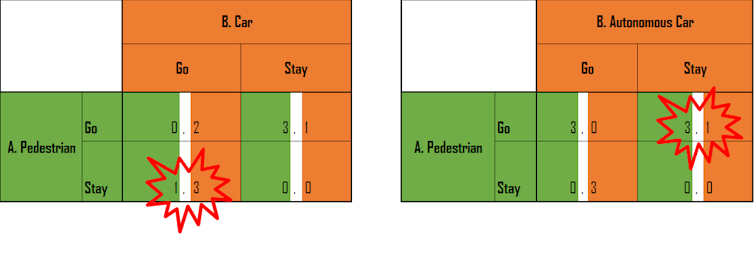However, it appears that all is not rosy in the common law world. A 2018 article by Siwan Anderson (Vancouver School of Economics), published in the American Economic Review (currently ungated, but just in case here is an earlier ungated version), identifies a substantial negative consequence of British common law in sub-Saharan Africa. This arises because of differences in the treatment of marital property between civil law and common law countries. Anderson explains that:
...the community marital property regime of the civil law countries gives equal protection to women in case of divorce, typically an even split of property between spouses, and legally protects widows. This is in stark contrast to the separate marital property regime of the former British colonies who adopted the Married Women’s Property Act of 1882. Very few of these countries have added provisions to these outdated marriage laws and they provide little, or no, protection for women in event of marital dissolution.I think in this quote, Anderson has 'community marital property' and 'separate marital property' back-to-front (and checking on her reference to this World Bank report, it seems so). Civil law countries have a separate marital property regime (each spouse retains individual ownership over their own assets), while common law countries have a community marital property regime (spouses have joint ownership of assets, but in this case men may have additional rights over this property when a marriage is dissolved). Anderson notes that Muslim women, and those in polygynous marriages (marriages with multiple wives), have a 'separate marital property' regime, even in common law countries:
Separate marital property is the default regime in classical Islamic law... The default marital property regime for polygynous marriages is also separate as, in this case, it protects a wife from having to share her private property with other wives...These differences in marital property regimes have implications for bargaining power within the household. In a household bargaining model, decisions made within the household are determined by the relative bargaining power of the decision-makers (e.g. the spouses). A spouse who will have greater access to property in the case of divorce has a higher 'threat point' - they have more bargaining power, and can exert more influence over household decision-making.
In the case of divorce, non-Muslim women in common law countries (who are not in polygynous marriages) will be much worse off (because they keep a smaller share of the property) than women in civil law countries. This means that women in civil law countries have a higher threat point and therefore greater bargaining power within the marriage. This increases their influence over household decisions, including increasing their ability to negotiate safer sex practices with their husband, and therefore reducing their susceptibility to HIV.
Using data on around 308,000 women and 190,000 men from the Demographic and Health Surveys in 25 sub-Saharan African countries, Anderson tests for differences in HIV rates between common law and civil law countries. About 45 percent of the countries in Anderson's sample have common law, and the rest have civil law. As a starting point, it is worth noting that:
On average, 6.8 percent of women in our sample are HIV positive (this compares to 4.6 percent of men). In common law countries, the average female HIV infection rate is approximately 9.5 percent. It is close to one-half, at 4.6 percent, in civil law countries.You might legitimately worry that there are ethnic differences between countries that are former British colonies (and therefore common law) and other countries (civil law), but Anderson notes that national boundaries are not consistent with boundaries of ethnic groups, and many ethnic groups cross borders, and that:
51 percent of the individual sample (a total of roughly 157,000 women) fall into partitioned ethnic groups, and 35 percent of the total sample (approximately 108,000 women) are in partitioned ethnic homelands with different legal origins.That provides enough variation to separately identify the effects of common law from any confounding by ethnic differences. Anderson finds that:
...female HIV infection rates are at least 25 percent higher in common law countries...
We see that the positive correlation between common law and female HIV only holds for non-Muslim and non- polygynous women. By contrast, there are no significant effects for the sample comprised only of Muslim and/or polygynous women. Therefore, the key correlation only exists for those women who should be affected by the differences in marital property law across civil and common law countries.There are no significant effects of common law on HIV infection among men. Anderson goes on to show that:
...all else equal, women residing in common law countries are significantly less likely to use a contraception method requiring consent from her male partner, and incidentally protecting her from contracting HIV. The estimated coefficient... reflects about a 30 percent decrease... in women using protective contraception in common law compared to civil law countries.Again, this relationship is not significant for Muslim women, or women in polygynous marriages. Similar results are found for men, in terms of contraceptive use. Finally, Anderson finds:
...a consistently negative relationship between this index of female autonomy and weaker marital property laws (common law). Once again, the relationship only holds for those women for which the legal variation is relevant (non-Muslim and non-polygynous).Overall, this paper provides strong evidence that common law was not in all ways good for countries, or more specifically for women. These countries have retained outdated laws, and while Western common law countries have long since moved on and given equal property rights to women, many sub-Saharan African countries lag behind. One consequence has been the feminisation of the HIV epidemic in Africa. Legal reform in these countries is urgently needed.
[HT: Marginal Revolution, last year]





